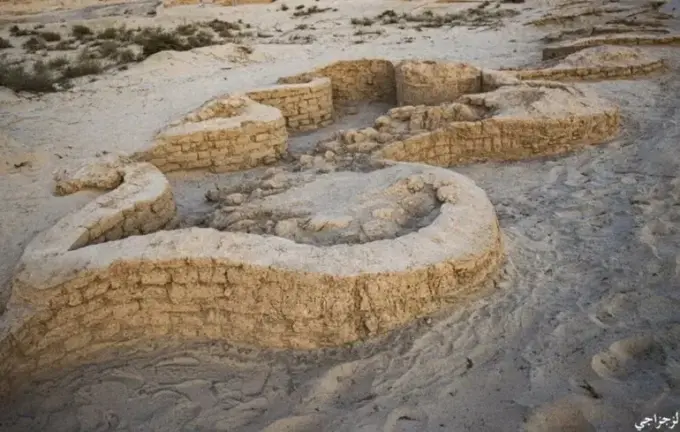Archaeological Discoveries in Egypt: 3500-Year-Old Military Fortress with Unique Artifacts

Recent archaeological excavations in the Sinai Desert have yielded highly intriguing results.
Engineers and researchers uncovered the ruins of an ancient military fortress dating back over 3500 years, serving as a testament to the power of ancient Egypt during the reign of Pharaoh Tuthmosis I.
Reports reveal that this fortress features a zigzag-shaped wall, remarkably well-preserved and impressive in design.
Inside the site, scientists found remains of furnaces, still emitting smoke, and fossilized bread fragments, indicating daily life activities of soldiers from that era.The fortress covered approximately 0.8 hectares, and its architectural structure and recovered artifacts help illuminate the historical context.
It was established during the reign of Tuthmosis I, who expanded the borders of the Egyptian Empire into present-day Syria.
Its strategic location was crucial for military control and defense.
Archaeologists also discovered eleven defensive towers and foundational deposits with pottery, some bearing the inscriptions of Tuthmosis I, confirming their historical period.Notably, relics of fossilized bread and small furnaces suggest the fortress supported routine domestic needs.
The site includes several residential zones, which allow experts to estimate the number of soldiers stationed there — between 400 and 700, most likely around 500.
Internal rooms served for living quarters and service purposes, while external niches probably stored food and tools.
Evidence was also found of energy material from the Aegean Islands, indicating active trade and regional exchanges.Earlier, archaeologists uncovered a workshop over 3000 years old, offering insights into the transitional period from the Bronze Age to the Iron Age—an epoch of crucial importance to human development.
These findings not only confirm the high organization and military strength of ancient Egyptians but also provide a clearer understanding of their territorial control and conflict strategies.

